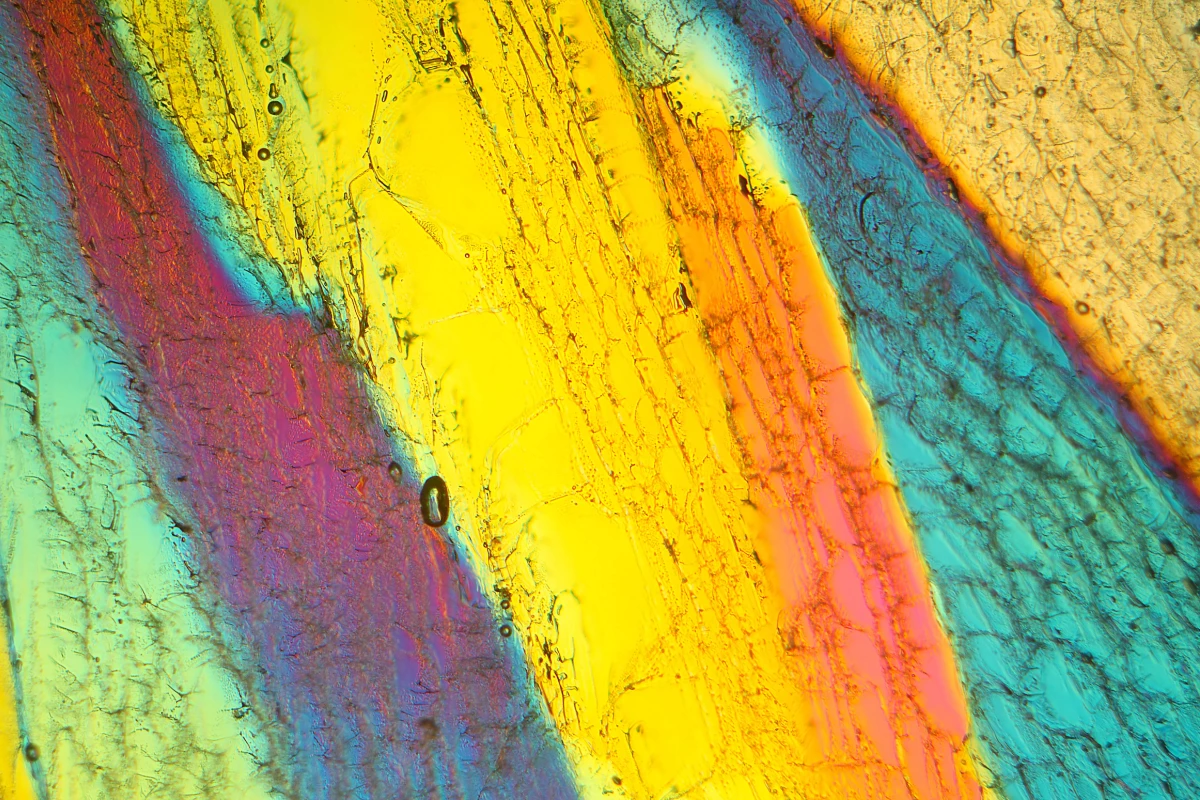Researchers at the Korea Research Institute of Standards and Science (KRISS) have unveiled a new form of ice, designated as ice XXI, that forms under ambient temperatures. This discovery adds to the known varieties of ice, which exceed twenty different types, each exhibiting unique internal structures and properties. The findings were published in Nature Materials in March 2023, and they offer significant insights into the behavior of water in extreme conditions.
Water, while seemingly simple, is a complex substance that can transition into various forms of ice, depending on factors such as temperature and pressure. While most people are familiar with the ice found in freezers, other types only emerge under specific environmental conditions, such as in the Earth’s mantle or on distant celestial bodies. The existence of ice XXI suggests that water can adopt even more exotic forms than previously understood, particularly under unique pressure settings.
Using advanced technology that incorporates diamond anvils and X-ray lasers, scientists observed how super-compressed water behaves at room temperature. Instead of freezing in a single step, the water underwent multiple freeze-melt cycles within the pressure zone where ice VI typically forms. This unexpected behavior led to the emergence of ice XXI.
Geun Woo Lee, a scientist at KRISS, explained that the rapid compression of water allows it to remain liquid at higher pressures, where it would normally crystallize into ice VI. The researchers created high-pressure conditions using diamond anvil cells and ultra-pure water loaded into a thin metal chamber. By employing a mix of high-speed cameras, laser sensors, and real-time monitoring tools, they captured the intricate process of water transforming into ice.
To pinpoint the moment water transitions into this exotic form, powerful X-ray beams at a synchrotron were utilized. The team adjusted the pressure rhythm to better align with the freezing process, employing two types of detectors to monitor the transformation at varying speeds. This meticulous approach revealed the complicated pathways water takes when freezing, leading to the identification of ice XXI.
The structural characteristics of ice XXI are particularly intriguing. It possesses a body-centered tetragonal crystal structure and forms under pressures around 1.6 gigapascals. Unlike its predecessor, MS-ice VII, ice XXI exhibits a higher energy state at room temperature, making it less stable. However, it is noteworthy that only ice XXI has the ability to transition into MS-ice VII, while ordinary water cannot make this leap.
Additionally, in high-pressure experiments using X-ray lasers, researchers discovered that water does not freeze through a singular path. Instead, it can follow at least five different routes, even at room temperature. Lee noted that the unique X-ray pulses from the European XFEL helped uncover these multiple crystallization pathways, expanding the understanding of water’s behavior under extreme conditions.
With these findings, the research team proposes that a greater number of high-temperature metastable ice phases may exist, possibly providing fresh insights into the composition of icy moons and other celestial bodies. The implications of this study extend beyond theoretical curiosity, offering potential applications in understanding planetary environments and conditions that might support alien life.
This groundbreaking research opens a new chapter in the study of water and its complex behaviors, emphasizing the need for continued exploration of its various forms. Ice XXI stands as a testament to the fascinating adaptability of water, a substance that continues to reveal its secrets even under the most extreme conditions.







